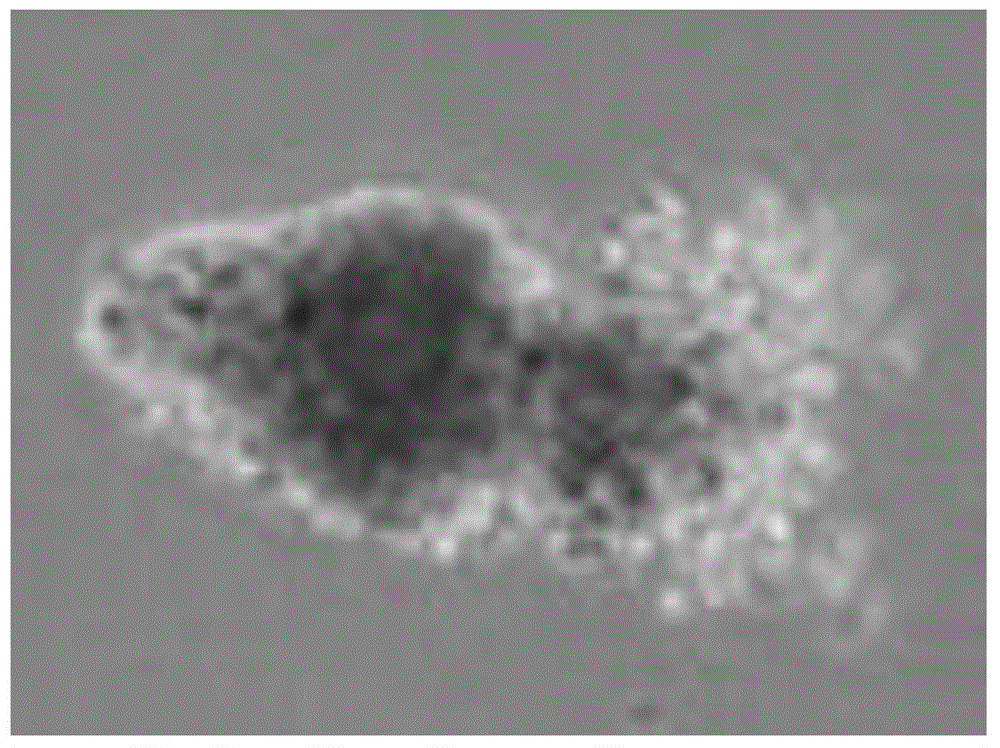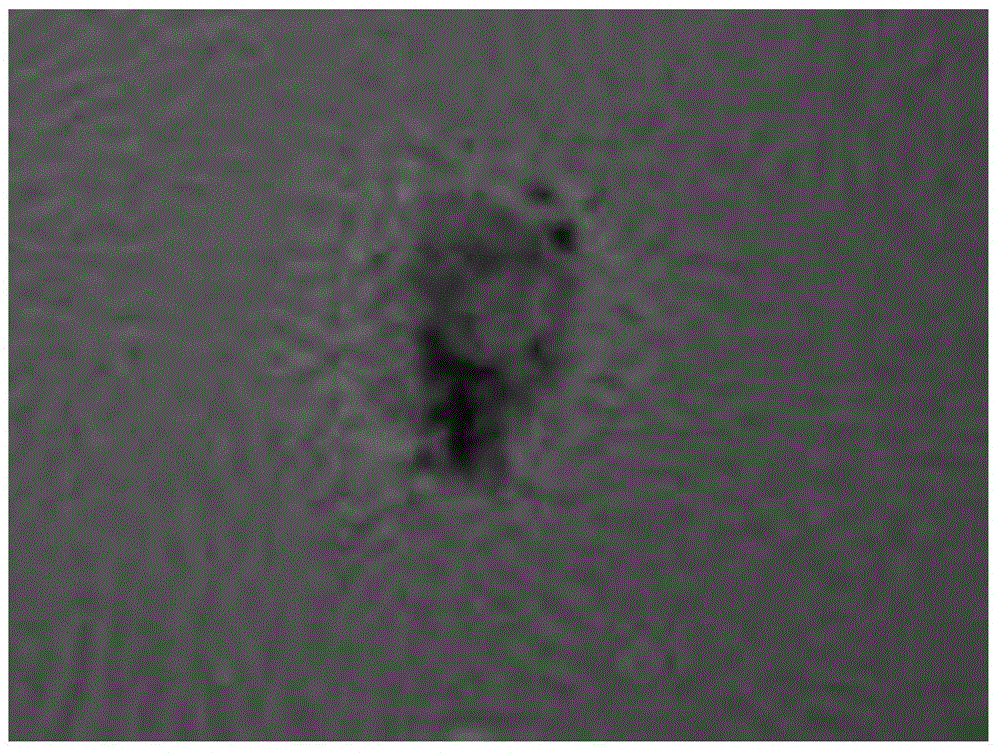In-vitro separation and cultivation method of deer dermal papilla cells and application thereof
A technique for separating and culturing dermal papilla cells, which is applied to artificial cell constructs, animal cells, vertebrate cells, etc., can solve the problems of difficulty in collecting dermal papillae, affecting the collection of dermal papillae, and uneven digestion of dermal papillae, etc. Separation efficiency, improving the success rate of culture, and improving the effect of adherence rate
- Summary
- Abstract
- Description
- Claims
- Application Information
AI Technical Summary
Problems solved by technology
Method used
Image
Examples
Embodiment 1
[0026] Embodiment 1: Utilize the method for human scalp dermal papilla cells to isolate and cultivate deer fur dermal papilla cells
[0027] 1. The skin of the live deer is collected and treated aseptically.
[0028] 2. Cut at the dermis-subcutaneous tissue junction. Microscopic tweezers lightly press the subcutaneous fat containing the middle and lower part of the hair follicle to partially extrude the tip of the cut edge of the hair follicle, and then use another pair of micro tweezers to hold the tip of the cut edge to completely pull out the middle and lower part of the hair follicle from the subcutaneous fat. The extracted hair follicles were placed in a petri dish filled with sterile D-hanks solution.
[0029] 3. Under the microscope, use micro-tweezers to clamp the hair follicle near the hair bulb. Since the epidermis and dermis are closely connected, loose hair matrix cells and melanocytes can only migrate to the hair bulb. The hair bulb forms a spherical shape with ...
Embodiment 2
[0033] Specific steps are as follows:
[0034] 1. Cut the skin of the deer collected from the live body into 1-2 strips of 0.5x3cm, bring them to the laboratory, wash off the blood on the tissue pieces with PBS, and carry out disinfection treatment.
[0035] 2. Cut the leather strip into 0.7mm slices along the growth direction of the hair follicles, and pull out the complete hair follicles from each slice under a stereomicroscope, and collect them in a petri dish ( figure 1 ).
[0036] 3. Digest the hair follicles with 100U / ml type II collagenase at 37°C for 30min. Discard the digestion solution and add DMEM medium.
[0037] 4. Under a stereomicroscope, use the wedge-shaped surface of the needle tip of a 1mL syringe to cut off the bulb of the hair follicle containing the hair papilla, use microscopic forceps to open the root sheath of the hair to expose the hair papilla, and use the needle tip of the syringe to cut the hair papilla and the hair matrix and / or the connectio...
PUM
 Login to View More
Login to View More Abstract
Description
Claims
Application Information
 Login to View More
Login to View More - R&D
- Intellectual Property
- Life Sciences
- Materials
- Tech Scout
- Unparalleled Data Quality
- Higher Quality Content
- 60% Fewer Hallucinations
Browse by: Latest US Patents, China's latest patents, Technical Efficacy Thesaurus, Application Domain, Technology Topic, Popular Technical Reports.
© 2025 PatSnap. All rights reserved.Legal|Privacy policy|Modern Slavery Act Transparency Statement|Sitemap|About US| Contact US: help@patsnap.com



